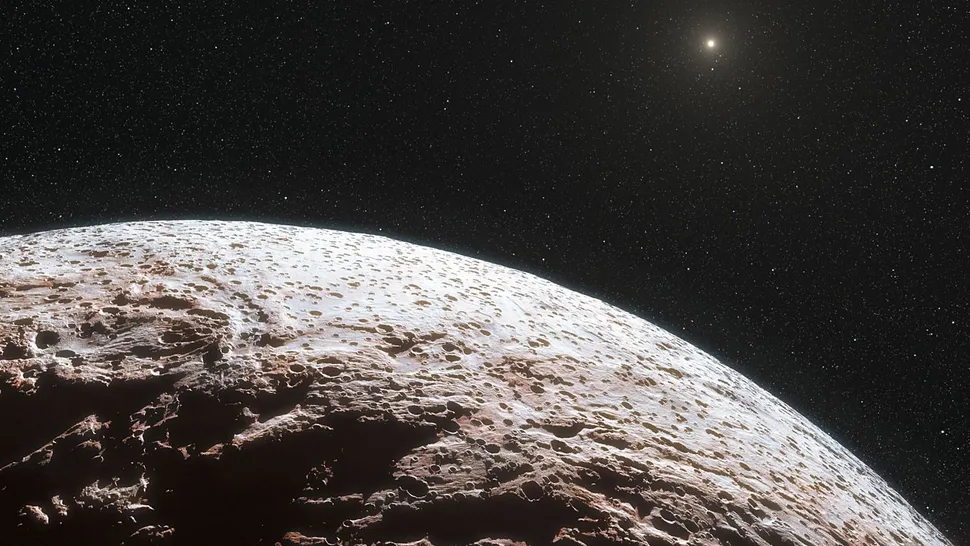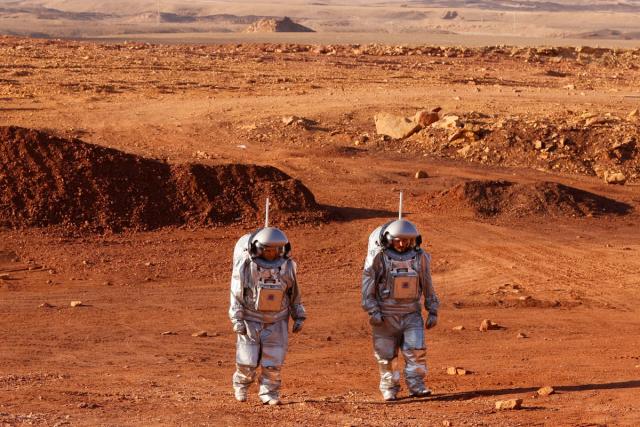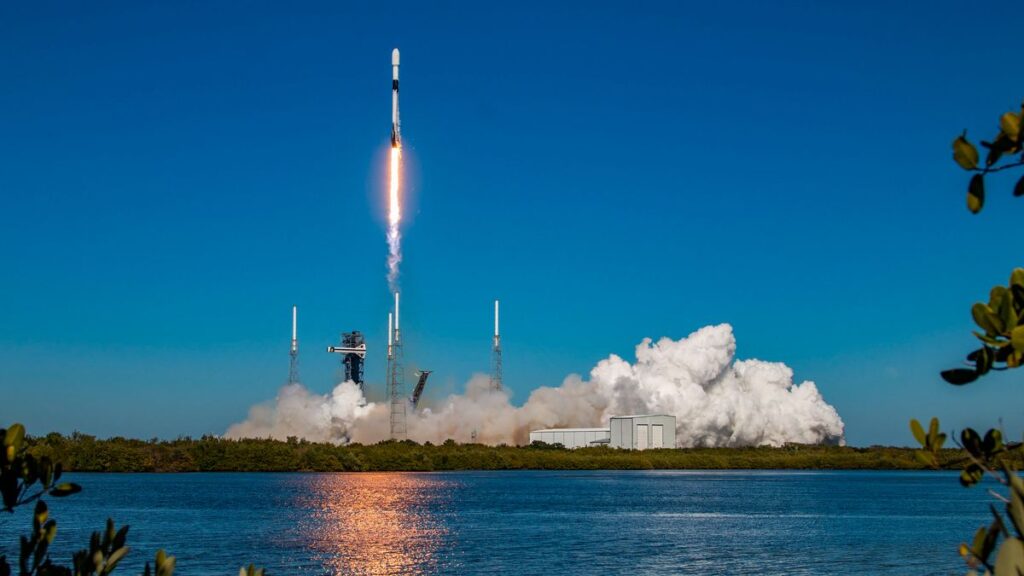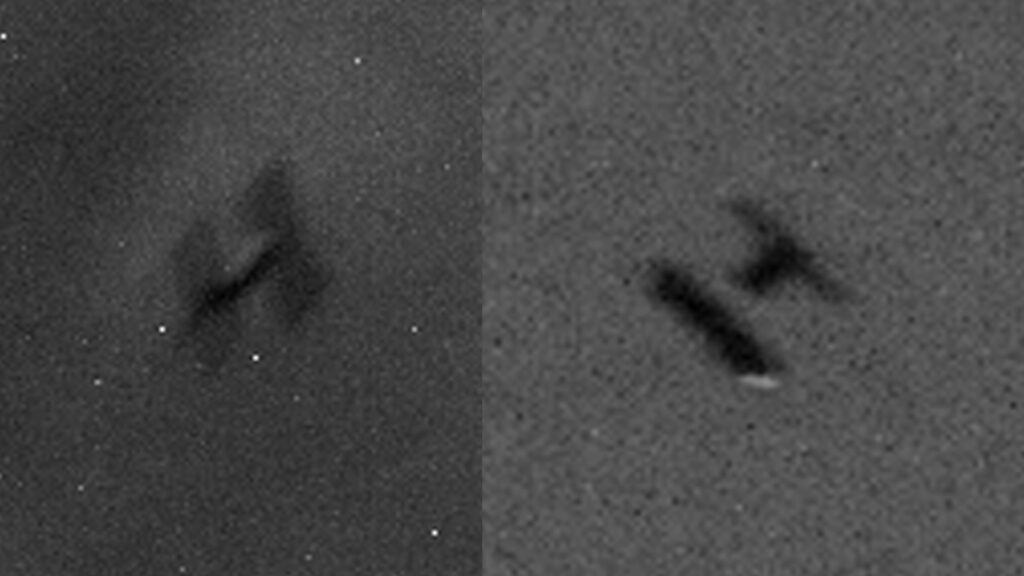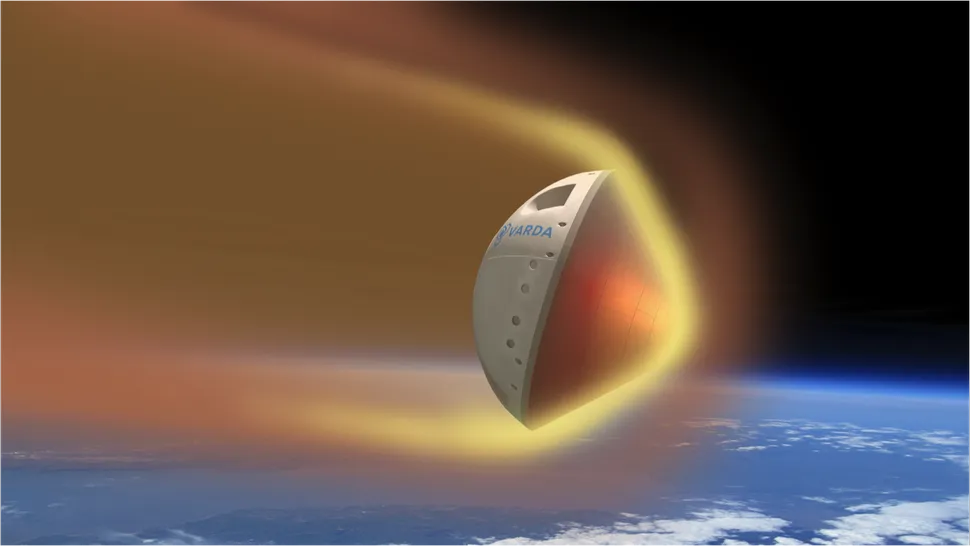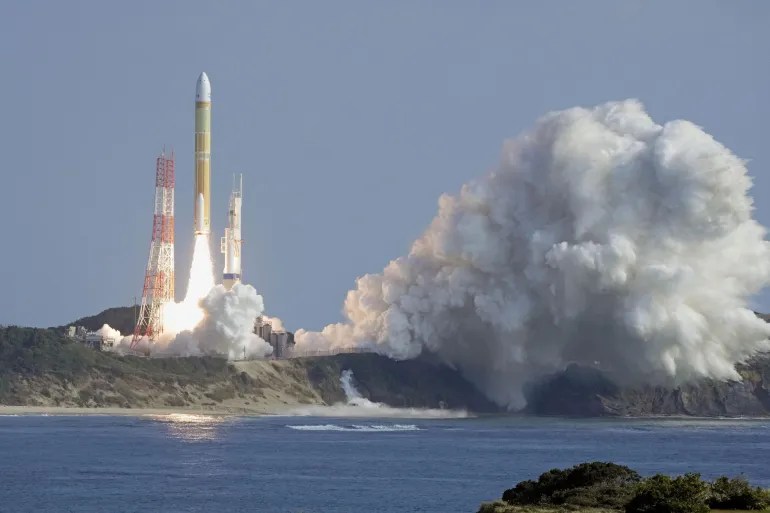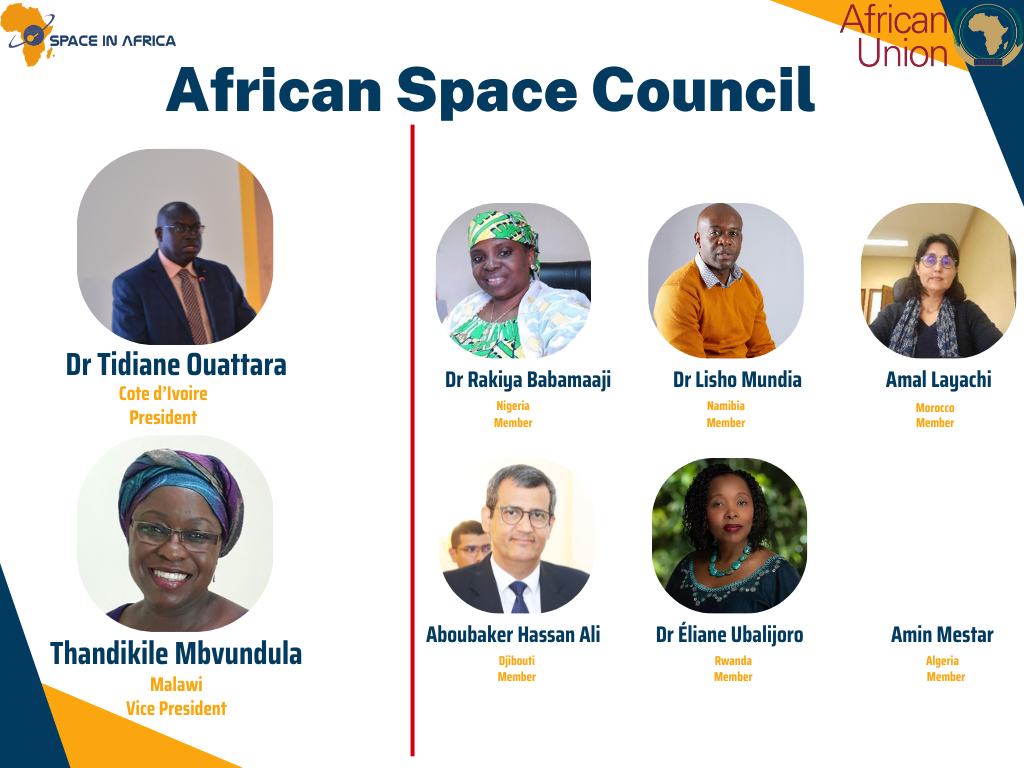Ghana Space News
Two dwarf planets within our solar system, named Eris and Makemake, might exhibit enough geothermal activity to maintain oceans of liquid water within, according to modeling that describes new observations made with the James Webb Space Telescope. “We see some interesting signs of hot times in...
Nasa is seeking volunteers to participate in a one-year Mars surface simulation mission to help develop the space agency’s plans for human exploration of the Red Planet. The space agency is seeking applications from “healthy, motivated US citizens or permanent residents who are non-smokers, 30-55...
SpaceX just notched another impressive milestone. A Falcon 9 rocket launched the Merah Putih 2 communications satellite from Florida’s Cape Canaveral Space Force Station today at 3:11 p.m. EST (2011 GMT), then deployed it into orbit 34.5 minutes later. It was the 300th successful mission for...
An uncontrolled satellite is seen tumbling towards Earth in newly released images as it prepares to reenter the atmosphere. ERS-2 was launched almost 30 years ago and is expected to break up into pieces upon reentry into the the Earth’s atmosphere. Experts from the European Space Agency said...
A private company’s first in-space manufacturing project is about to come back to Earth. Last week, California-based Varda Space Industries got permission from the U.S. Federal Aviation Administration (FAA) to land the capsule from its W-1 mission in northern Utah. If all goes according to...
The Managing Director of the National Space Programme Management Office (GGPEN) hosted a team of delegates from the Zambian Ministry of Technology and Science, led by the Permanent Secretary, Dr Brilliant Habeenzu, the Zambian Ambassador in Angola, Laurence Chalungumuna, and Dr Faustin Banda, to...
Japan has successfully launched its next-generation rocket into orbit, the country’s space agency has announced, after two failed attempts cast a pall over Tokyo’s space ambitions. The H3 had a “successful liftoff” at 9:22am Tokyo time (12:22 GMT) on Saturday and entered its planned orbit carrying a...
Our Universe Is Merging With ‘Baby Universes’, Causing It To Expand, New Theoretical Study Suggests.
Our universe is expanding at an ever-accelerating rate — a phenomenon that all theories of cosmology agree upon but none can fully explain. Now, a new theoretical study offers an intriguing solution: Perhaps our universe is expanding because it keeps colliding with and absorbing “baby”...
At the 37th Ordinary Session of the Assembly of the Heads of State and Government of the African Union, which was held from February 14th – 15th, 2024, the Executive Council of the African Union elected and appointed the first African Space Council to advance the operationalisation of the African...

